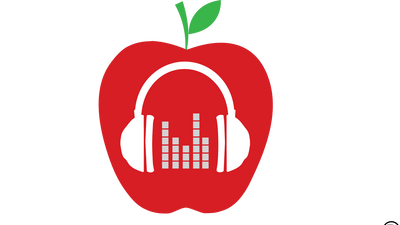Headphones are widely used in today’s classrooms for digital learning, assessments, and independent work. While they support instruction, prolonged or improper use can pose hearing risks—especially for children. This guide explains how headphones work, what risks educators should understand, and how schools can promote safer listening habits.
Supporting educators with practical, classroom-ready audio solutions.
Key Takeaways
How Headphones Work in the Classroom
Understanding Noise-Induced Hearing Loss (NIHL)
Developing Safe Headphone Habits at School
Warning Signs Educators Should Watch For
If Hearing Issues Are Suspected
Final Thoughts for Schools
Headphones remain a valuable classroom tool when used thoughtfully. By choosing classroom-appropriate designs, setting volume expectations, and modeling safe habits, schools can support learning while protecting long-term hearing health.



